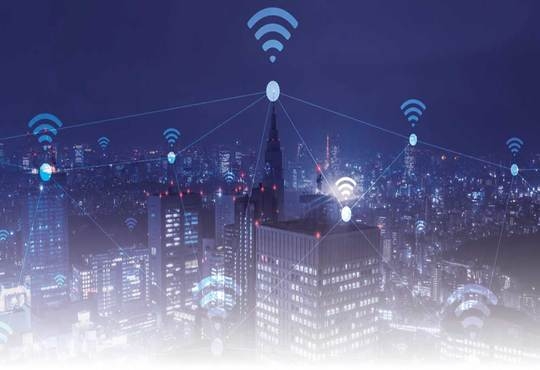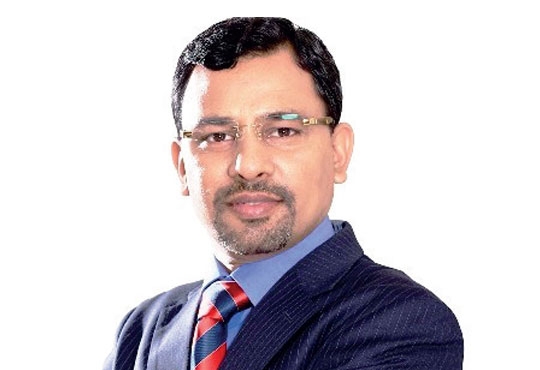
IoT: Technology Trends to Watch Out for in 2021
Sudeep Agrawal, AVP and Head IT, ReNew Power | Friday, 12 March 2021, 07:35 IST

Research by Juniper has predicted that the number of connected devices will reach 46 billion in 2021. As per Statista, the total data size will be 78 zetabytes in 2021 and 178 zetabytes in 2025. The increase in data generation will force companies to restrategize data collection and its utilization for business growth. 2021, the year of hope, brings in the need for extensive penetration of IoT, ML, and AI across small, medium and large industries. The impact of the ongoing pandemic is expected to drive the demand for various technologies, including but not limited to the application of IoT, home-based offices, enhanced technology penetration in Tier-2 and Tier-3 cities, and digital twinning for both site and manufacturing plant management.
IoT will alter the face of the industry forever by changing working methods to utilize time and resources optimally. This will open up new avenues for business growth through innovation and advanced procedures. The key focus in 2021is likely to be centred around the following aspects:
- Realignment of network and internet connectivity: In the current scenario, it is no longer enough to have consistent network connectivity limited to offices, manufacturing plants, and site setups; it is just as crucial in homes. As fast decision-making remains key to remain ahead in the growth curve but making the right decision relies on processing data and making essential information available, we need to look beyond commonly used lease lines and MPLs. Instead, we need to move to satellite connectivity or 5G to keep up with organizational requirements of consistent, fast, and reliable networks.
Connectivity requirements for IoT devices may vary even within the same organization. For ex., an automated car's needs differ from wearable gadgets or SCADA systems installed in manufacturing plants. One need to contextualize organizational network requirements depending on use cases and surrounding structures.
- Resilience against cyber threats and redefining the cybersecurity framework: As IoT adoption flourishes, global data doubles every couple of years, and 50 percent of said data is expected to be on the cloud by 2025. Hence, we need to focus on data privacy, security, and resilience towards cyberattacks. Considering the distributed workforce and the ever-increasing data on the cloud and mobile computing, hackers have immense opportunities to attack through different channels. A recent report states that cyber attacks have increased by 37 percent during the pandemic. It is now imperative to increase our investment in cybersecurity tools like endpoint protection, email ATP, SIEM, data cloud security, and DLP.
Increasing security alerts and threats make it practically impossible for humans to monitor every aspect of security manually. Therefore, AI and ML-enabled security tools will rise to the occasion and assist cybersecurity analysts by predicting patterns from historical data, responding as per auto action guidelines, and using predictive analysis to identify malicious threats beforehand.
- Investment in healthcare: Connected wearable devices using AI and ML will play a vital role in detecting and monitoring potential concerns. While the pandemic continues to impact our lives, virtual consultation, digital prescriptions, and IoT-enabled wearable devices will open up new avenues. Feed generated from wearable devices will empower healthcare workers by processing health parameters in real-time, thus providing quicker diagnosis and treatment. Data patterns can help detect future outbreaks of contagious diseases and enable people to react proactively. While the widespread adoption of wearable devices to furnish health-related data, its applicability in clinical settings and regulatory procedures might take time; the results are worth the effort.
- IoT as a critical pillar in corporate strategy for eCommerce: Technology will no more be in eCommerce companies' backyard. As eCommerce executives realize that the current technology setup is not aligned with their businesses' long-term strategy, the use of IoT in their corporate strategy becomes crucial. As IoT's full potential has not been tapped in this marketplace, we must continually monitor its usage to evaluate and eliminate risks while remaining agile.
Technology becomes a crucial aspect in the formation of organizational strategy; hence, eCommerce-based companies can take a three-step approach to IoT adoption. This should kick-start by focusing on IoT use-cases aligned with corporate functions, management, and processes. Secondly, companies can aim to go beyond their regular revenue model and use IoT as their latest model. Lastly, they can work towards creating a central data ecosystem and contextualize it for suppliers, customers, and business-users. The proper incorporation of technology will benefit every link in the chain from suppliers to end-users.
IoT can add value across domains. From my experience in the white goods industry, I believe that we have yet to explore extensive possibilities in this space. Imagine home appliances like refrigerators, microwaves, washers, and heaters as a synced system controlled through mobile apps, voice commands, and wearable devices. You will never run out of detergent as it will be auto-ordered after a predetermined number of washing cycles, or lack groceries in your pantry. As we exploit IoT's potential across industries, we should only remember to secure our data effectively to avoid intrusions into our private lives.
CIO Viewpoint
Artificial Intelligence & The Disruptive Chatbot
By Vishal Sinha, President & CIO, Tranzlease Holdings
IoT: Technology Trends to Watch Out for in 2021
By Sudeep Agrawal, AVP and Head IT, ReNew Power
Reskilling IT with IOT, Cloud & AI
By Uttam Kumar, Head - IT Innovations & New Technology, Aircel
CXO Insights
4 Must Have IT Security Skill sets To Counter...
By Sunil Sharma, Managing Director - Sales, India & SAARC, Sophos
How Low-Code Is Transforming The Future Of Work...
By Deepak Pargaonkar, VP - Solution Engineering, Salesforce
The Path To Managing Data As An Asset


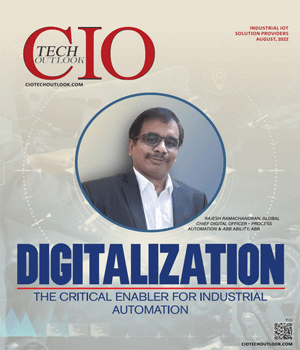
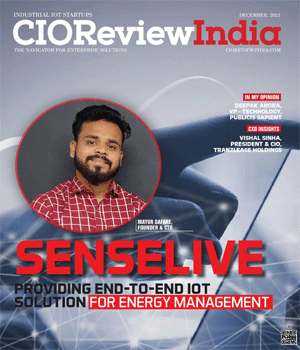
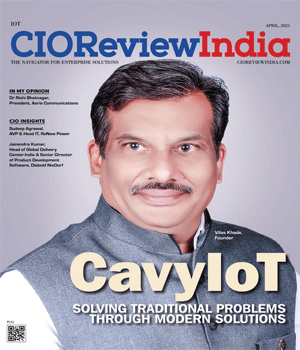
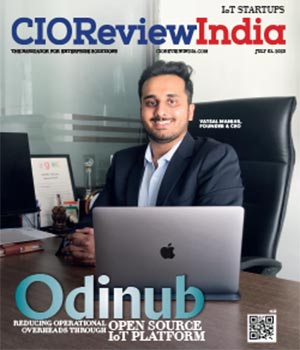
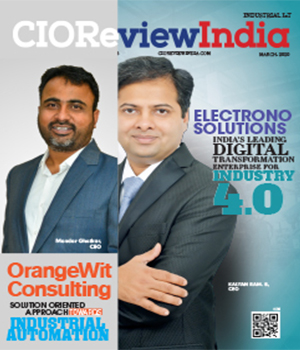
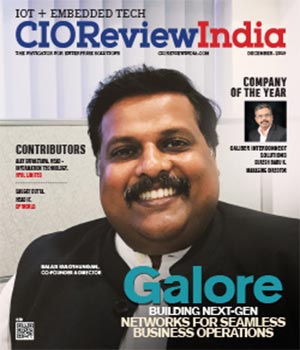
.jpg)
.jpg)
.jpg)
.jpg)
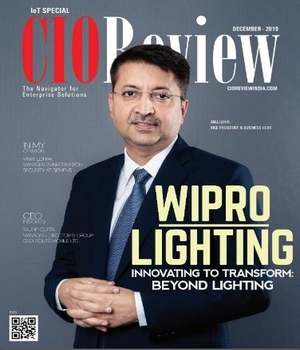
.jpg)
.jpg)

